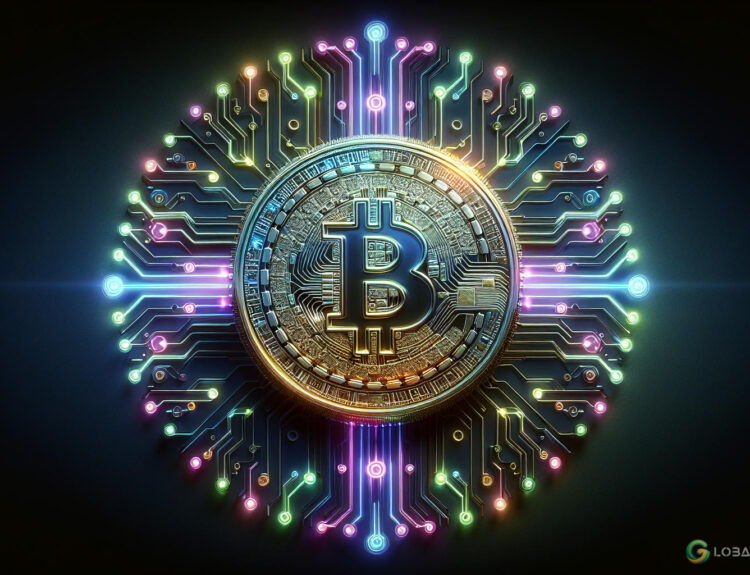Tokenization of Real-World Assets: The Verification Imperative
Tokenization of real-world assets, a process that creates digital tokens on a blockchain representing ownership of traditional financial assets, is poised to revolutionize the way we invest in and trade assets such as real estate, fine art, government securities, and corporate bonds.
This emerging market, currently valued at $13 billion, is projected to reach $30 trillion over the next decade. As Wall Street and the blockchain universe begin tokenizing more financial infrastructure, a critical challenge arises: ensuring the reliable verification of the link between real-world assets and their digital twins.
Five Foundational Tokenization Challenges
Blockchain technology provides the foundation for tokenization, but it cannot inherently guarantee the integrity of underlying off-chain assets. Robust verification mechanisms are necessary to bridge this physical-digital divide and drive widespread adoption of real-world asset (RWA) tokenization.
1. Asset Verification: The Foundation of Trust
Tokenization is only as valuable as the accuracy of the assets it represents. Verification systems must establish secure, real-time connections to trusted external data sources to ensure every tokenized asset is backed by authentic, verifiable information.
For instance, a tokenized commercial real estate property requires verification of ownership documents, inspections, and property values. Decentralized verification networks can provide automated connections to authoritative data sources, creating an immutable record of every step.
2. Digital Identity: Establishing Legitimacy of Participants
When transacting with RWAs, knowing who you’re dealing with is crucial. Advanced verification systems enhance trust in digital identities by making off-chain identity verification processes transparent and auditable.
A standardized framework for identity verification can be executed on decentralized networks, creating a certified transcript that can be trusted across platforms while protecting privacy.
3. Custody Verification: Confirming Your Assets Are Where They Should Be
Tokenized assets must be physically stored and protected. Custody verification provides digital proof that your asset exists and is properly safeguarded, similar to how bank statements prove your money is secure.
Modern verification systems must track every aspect of custody operations, generating an immutable record that allows asset owners to verify their holdings at any time.
4. Provenance Tracking: Validating Ownership History
Provenance tracking is essential for validating the ownership history of assets like luxury watches. Verification systems must create an unbroken chain of cryptographically secured records, making it accessible to all future owners.
5. Regulatory Compliance Verification: Adhering to Legal Frameworks
Decentralized verification systems can integrate smart contracts with regulatory frameworks to automate compliance checks. Each verification generates a portable transcript, creating an immutable audit trail for regulators.
The Verification Imperative
The future of RWA markets depends on developing comprehensive verification systems that address these five requirements. These systems must be scalable, cost-effective, and capable of handling diverse asset types.
Through advanced cryptographic techniques and verified decentralized compute networks, we can create reliable bridges between physical assets and their digital representations. Widespread adoption of RWAs hinges on our ability to verify reliably.
For more news on the latest developments in the cryptocurrency and blockchain space, visit Global Crypto News.

























